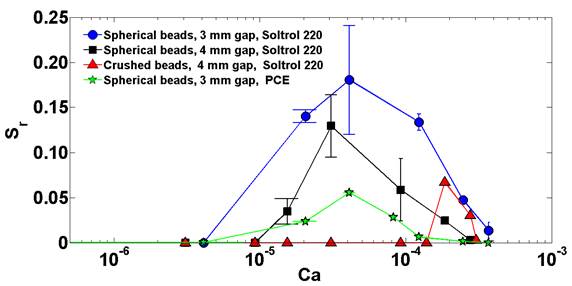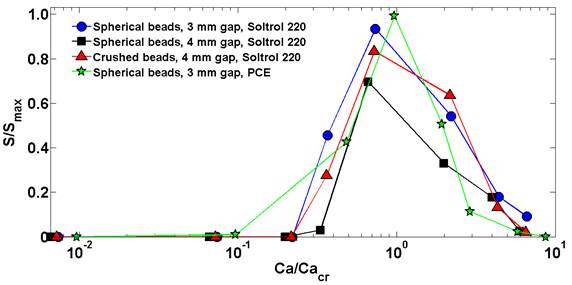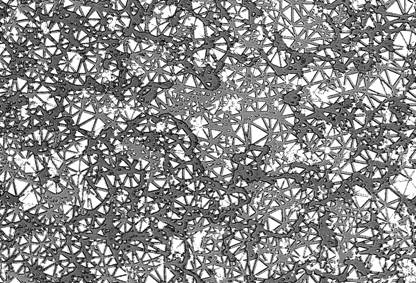Reports: DNI652054-DNI6: Fundamental Studies of the Morphology and Dynamics of the Phase Entrapment in Immiscible Two-Phase Flow through Porous Media
Nima Shokri, PhD, University of Manchester

![]()
![]()


Nima Shokri, PhD, University of Manchester

![]()
![]()


Copyright © American Chemical Society